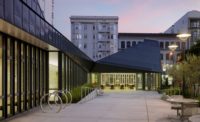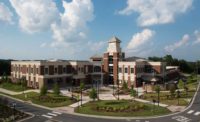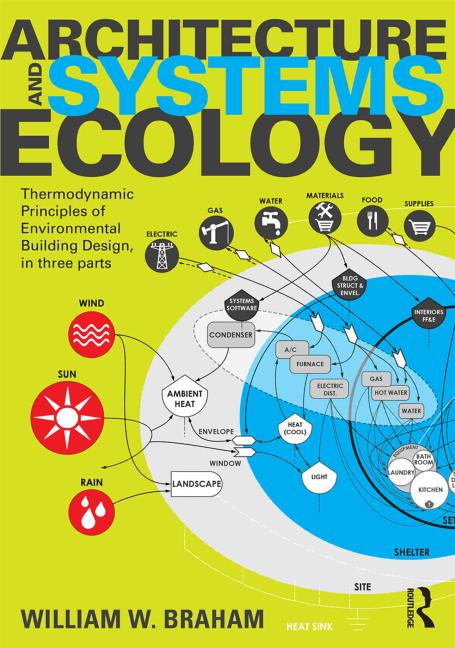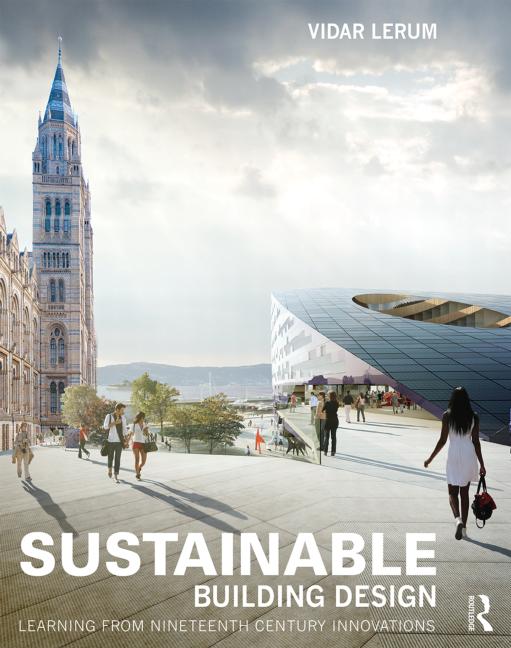The HealthPartners Neuroscience Center in St. Paul, Minn., is a freestanding neuroscience facility with an exterior that gently curves to evoke the idea of a spine. The structure, designed to be highly visible and at once memorable, is clad in Dri-Design Wall Panels. Metal was chosen by architect BWBR, Saint Paul, for its wide variety of color and pattern options, its modular ability to create interesting patterns and simulated curved surfaces, and its capacity to create an energy-efficient ventilated wall panel system.
"Metal is a versatile material with limitless applications that can create a gentle curve while exhibiting strength," says Brad Zeeff, president of Dri-Design. "Dri-Design wall panels have an unlimited color palette with customization options, allowing designs to be further enhanced."
MG McGrath, Maplewood, Minn., installed 23,928 square feet of 0.080-inch aluminum Dri-Design Wall Panels. Smaller panels were chosen for the curved surfaces because of the radius and to help simplify the framing structure.
Jono Semlak, director of project management for MG McGrath, says: “In order for us to achieve the look the architect wanted, we needed to split the panels into two and reduce the standard vertical joint so they appeared more like one large panel. If we didn’t do this the building would have looked more segmented. This worked well and we were able to achieve the desired look the architect intended.”
Dri-Design panels have true dry joints because they do not have sealants or gaskets. They are not laminated, and they do not require tapes or sealants. The panels can be recycled in their entirety at the end of their useful life, unlike foam and composite panels. Available in aluminum, zinc and copper, Dri-Design brings affordable options to every project.
The panels were manufactured in Believable Buff, Whole Wheat, Basket Beige and Elle Gray colors. The different colors create a subtle pattern. “Metal panels supported a flowing feeling with a multi-color natural buff tones palette reminiscent of the limestone bluffs so common in the upper Midwest river valleys and lakeshores,” says James E. Davy AIA, LEED AP, with BWBR. “The horizontal variegation of the colors was intended to recall the horizontal striations within natural limestone.”
Semlak says the panel layout was not difficult because of the way the panels were labeled based on the bid documents. He adds, “Between McGrath and Dri-Design, the layout was easily determined and approved by the architect with no issues during the shop drawing process.”
The 4-story, 130,000-square-foot center is the largest facility of its kind in the upper Midwest, with laboratories and patient-care areas. The needs of the patients are met with design features that aid in care and navigating the building, such as large wall-mounted monitors and textured walls and graphic elements that are easier to remember than numbers. Outdoor areas include a garden with seating, ramps, paths and stairs so patients can re-learn to walk in a natural setting.
For more information about the Dri-Design Wall Panel System, visit www.dri-design.com.











